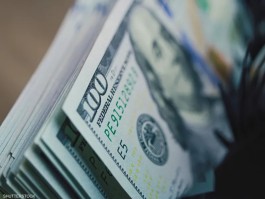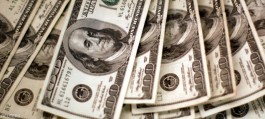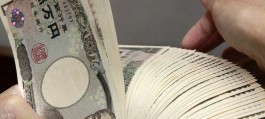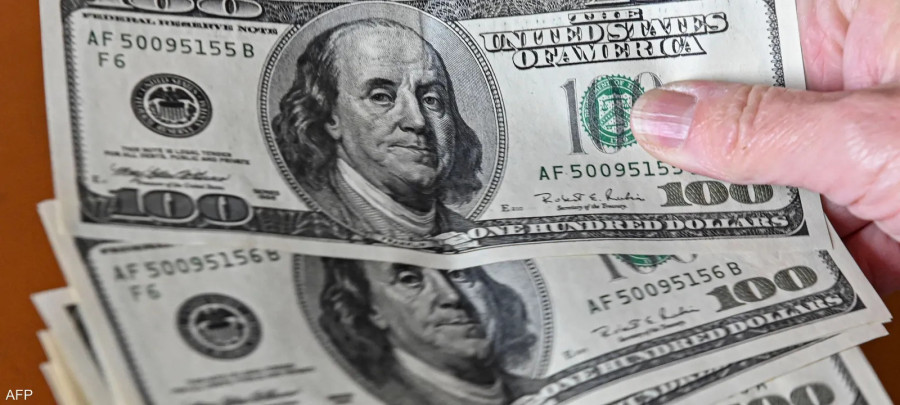The dollar pushed the yen further downward on Thursday, August 17, after the strength of the US economy highlighted the need for interest rates to remain high for a longer period, while the Bank of Japan had difficulty defending its ultra-loose stance on monetary policy.
The Australian dollar fell after the country's employment rate fell unexpectedly in July while the unemployment rate rose more than expected.
The Australian dollar fell about 1% after the data was released and also affected its New Zealand counterpart.
And the Japanese yen recorded 146.565 against the dollar in early Asian trading, its lowest level since November, after renewed pressure on it as a result of interest rate differences between the United States and Japan.
And although most money markets expect the US Federal Reserve to keep interest rates unchanged in September, with some betting that the bank has already completed the monetary tightening cycle, a batch of strong economic data recently reinforced the view that interest rates You will remain at restrictive levels for a while.
Data on Wednesday showed a jump in the construction of single-family homes in the United States in July and an increase in permits for future construction, while an independent report revealed a surprising recovery in US factory production last month.
The euro fell 0.07% to $1.08695, while the pound sterling fell 0.1% to $1.27195.
The Australian dollar lost 0.9%, recording $0.6365 after the employment data was released, while its New Zealand counterpart fell more than 0.5% to $0.5903. Both hit their lowest levels since November.
The offshore yuan recorded a nine-month low again at 7.3470 against the dollar.
The dollar index touched a two-month high of 103.59.
UAE's Mubadala leads a $400 million financing round for German insurance company Wefox
Wefox, an insurance technology company founded by former emp.. Read more
Saudi Arabian Centers distributes dividends to shareholders for the second half of 2022 with a total of 356.25 million riyals
Arabian Centers Company has approved the distribution of cas.. Read more
The largest sovereign funds: "Abu Dhabi Investment Authority" advances to third place globally, with assets of $708.8 billion
The Abu Dhabi Investment Authority has advanced to the third.. Read more
Accumulated losses place Emirati companies on the "second category" screen, pending anonymity
Special Report - (Namazone): A group of companies listed.. Read more
Details 142 Saudi initiative to face the consequences of "Corona" B214 billion riyals
Special Report (Nmazzon): The government announced that.. Read more
Will gold remain a safe haven asset?
Gold has long been a source of controversy and contention am.. Read more
Global trade is expected to decline in the coming months
The economics department of Qatar National Bank (QNB) said t.. Read more
Analysis .. How will major central banks respond to the increasing cases of financial instability?
The global macroeconomic environment is experiencing some of.. Read more
The euro is below the dollar .. the lowest level in 20 years
For the first time in 20 years, the euro fell below $1 on Tu.. Read more
"OPEC"...The pressures of supply shortage will continue next year
OPEC expected global demand for oil to increase next year, b.. Read more
The rise of the dollar with expectations of keeping interest rates at high levels for a longer period
NamaaZone " The Power of Knowledge"
Analysis Service |
Its a free service for technical consultation provided by NamaaZone to the website visitors. |
Open account Request |
NamaaZone provides a range of integrated trading solutions in local and global financial markets |







































